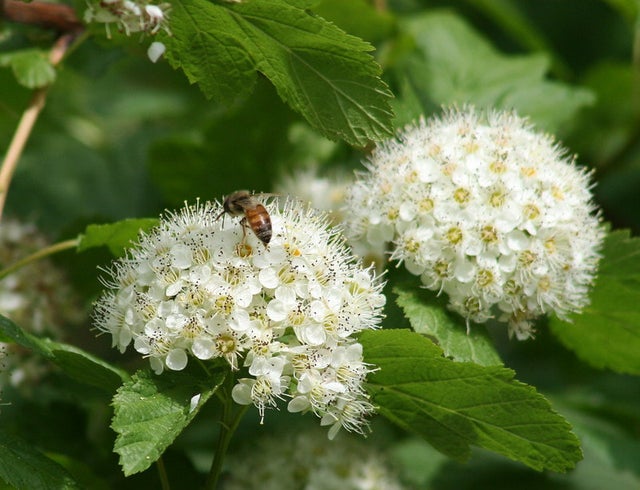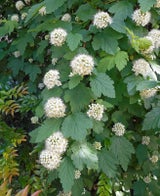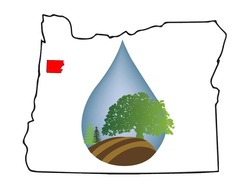- Trees and Shrubs
- >
- Pacific Ninebark
Pacific Ninebark
Physocarpus capitatus, bare root 12"-18"
Habit: erect, multiple stemmed shrub with yellowish-reddish-brown bark, that peels off in thin layers. The shiny dark green leaves have 3-5 large pointy-toothed lobes, with star shaped hairs on the lower surface. Each inflorescence produces a large rounded cluster composed of 20-40 small white flowers with long yellowish brown stamen. The fruit, a brown capsule in rounded clusters, tends to remain on the plants. In the fall leaves turn red to orange. Flowers appear between April and June or July.
Ecology: found in moist places near lakes, streams, wetlands, open swampy areas and damp woods, from Alaska to Northern California and west into Idaho at low to mid elevations.
Growing Conditions: full sun to partial shade, in moist to wet soil.
Pacific ninebark’s fibrous roots make it particularly valuable for stream bank and lakeshore stabilization. It also provides good cover and nesting sites for birds and small mammals.
photo credit: Pacific Nine-bark and a Bee, Tom Brandt, Flickr, (CC BY 2.0)
photo credit: Physocarpus capitatus / Pacific Ninebark, Rosewoman, Flickr, (CC BY 2.0)




